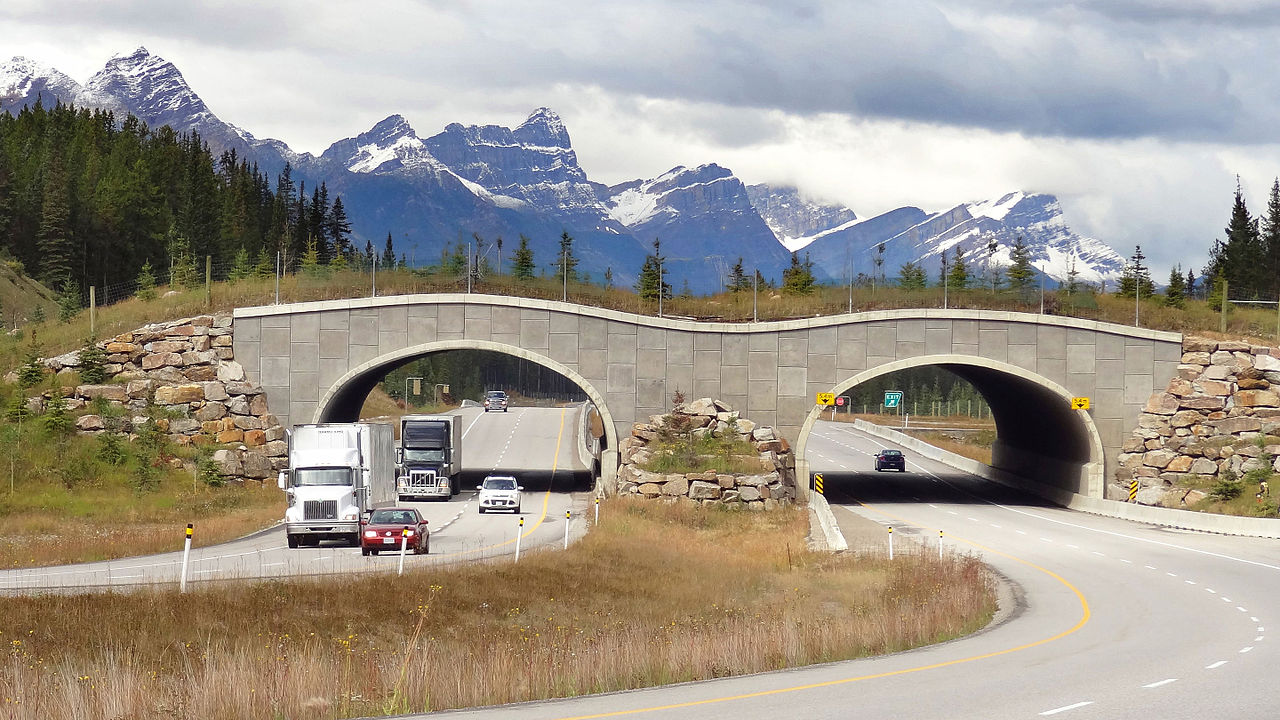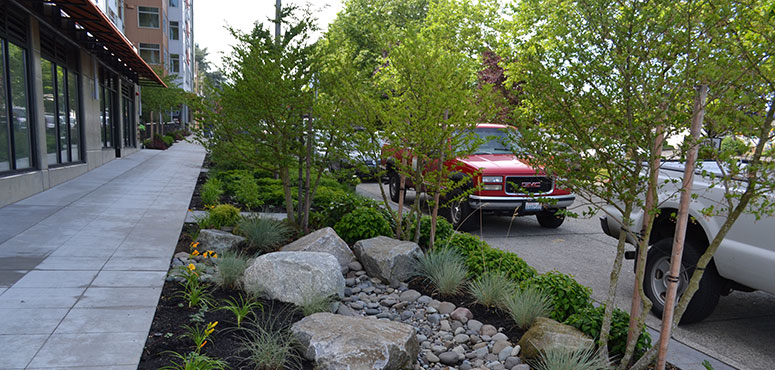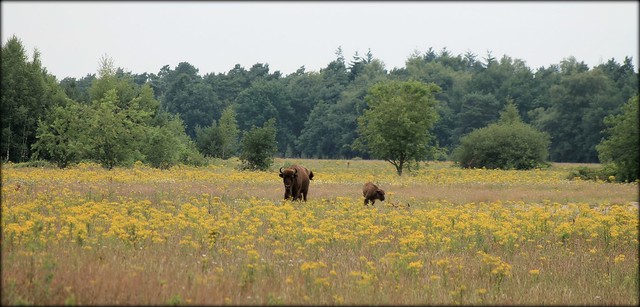Wildlife Corridors

Our roads, highways and cities cut ecosystems off from each other, creating closed-off pockets of wilderness that keep animals from moving to new areas to eat or mate. Habitat loss and fragmentation is a major threat to biodiversity. One solution that works in conjunction with expanding existing habitats is the installation of green corridors that create buffers between wildlife and human activities, essentially giving them their own wild highways. All sorts of species use these corridors, from birds and insects to reptiles and larger mammals. They often come in the form of underpasses and overpasses over busy roadways, but sometimes they’re entire reserves, like the Panther Glades in Florida.
Rewilding Europe with Native Species
The ‘Rewilding Europe’ project aims to reinstate the large grazing animals that once roamed the continent – like European bison, wild horses and red deer – along with the predators that will keep their populations stable, like wolves, bears and lynxes. Led by a group of scientists, including Dutch conservation expert Frans Chepers, the movement has the support of conservation organizations like the World Wide Fund for Nature (WWF). Six areas have been selected, including the Danube delta, the Velebit mountain range in Croatia and the Carpathian Mountains of Romania. They’ll be allowed to take over large stretches of abandoned rural areas, restoring the landscapes. The hope is that someday, the areas will be so rich with wildlife, tourists will take safaris there like they do in the Serengeti.
Of course, that doesn’t mean it’s a good idea to encourage wolves, for instance, to move into major urban areas. But efforts to support native meso predators like foxes and coyotes could actually help control species like squirrels, rats and feral cats, which help control birds, which eat insects that transmit disease and so on. More green spaces scattered throughout cities, where these animals are allowed to carry out the natural order, could foster a more resilient balance.
Integrated City Planning That Works with Nature

We humans have had a tendency to go hog wild laying down concrete and asphalt without thinking about things like where rainwater will go. Our streets, rooftops and parking lots aren’t typically designed to capture and store this precious resource. Instead, it’s polluted just by contact with the hard urban surfaces and then sent down into the sewers. That prevents it from soaking into the soil or being absorbed by trees, which release it back into the atmosphere as vapor. The natural process allows precipitation to replenish groundwater, which is filtered by the soil.
One solution? Low impact development. Cities like Seattle, Austin and Salt Lake City are starting to experiment with installing permeable pavement in low-traffic areas along with living infrastructure like green roofs and other vegetated areas planted with native species. Some solutions route stormwater into biofiltration systems or retention ponds filled with naturally filtering aggregate and sand. This results in lusher, greener cities for us to enjoy as well.
The rewilding movement asks us to remember that we’re part of nature – that our cities may be constructed, but they’re ecosystems all the same, and they can be designed to reflect that in a healthier way.
